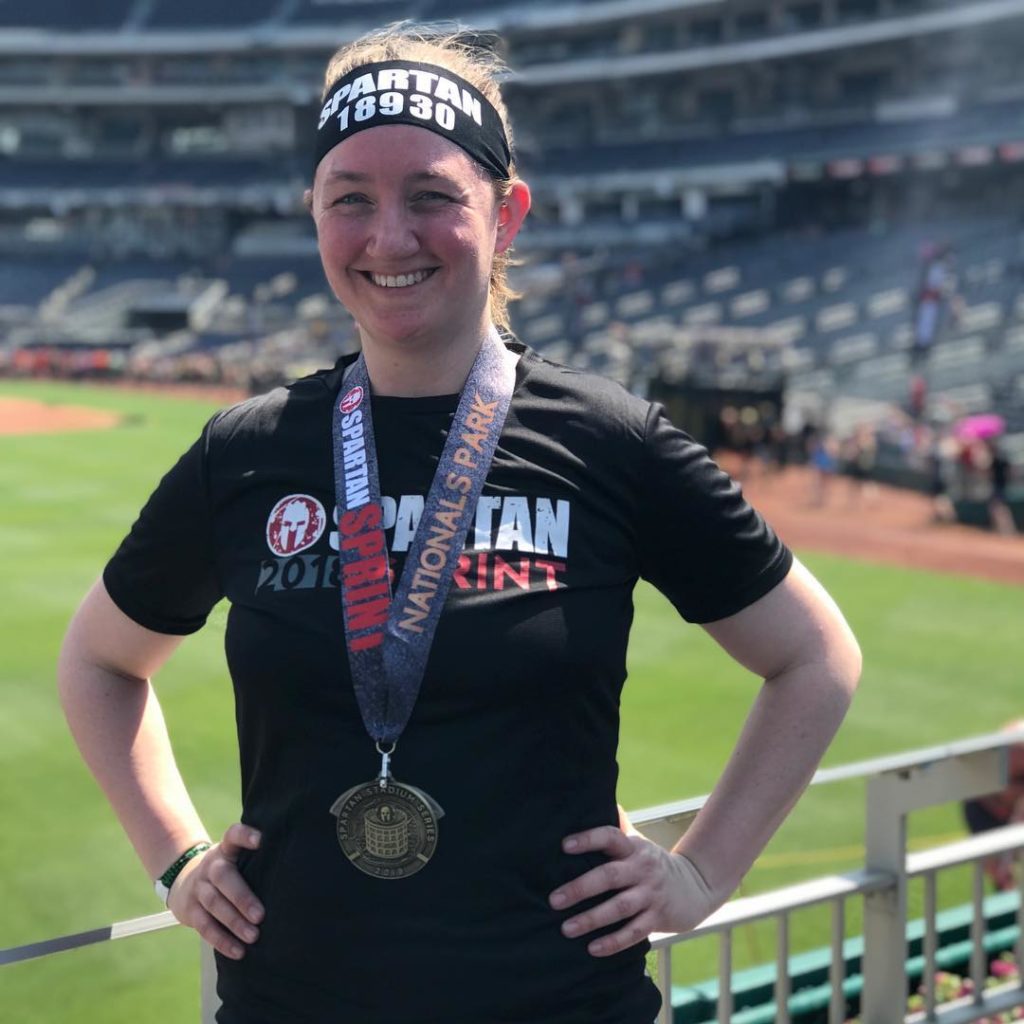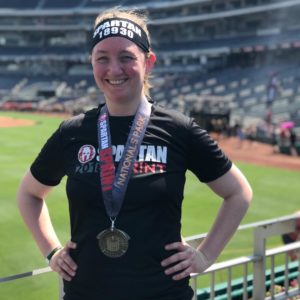
If you think you have to live with pain, please keep reading and share this with someone you can help.
This story is about an IFAST Physical Therapy client named Julie. I don’t want to spoil the end, but this is quite an amazing story thanks to her own personal efforts and commitment to getting better.
Julie had been dealing with a variety of pain-related issues for a very long time.
Over a 20 year period, she’d dealt with a number of ailments that included chronic headaches, neck pain, knee pain including a pretty aggressive knee surgery, a connective tissues disorder, and most recently a right elbow injury.
She estimated that she’d been through about 15 rounds of physical therapy over those 20 years. She had been reliant on various medications to remain functioning and working. She works in childcare, so she is up and down and much pick-up and carry the little ones, so the elbow pain was making it almost impossible to continue her work.
At this point, I don’t think she would have sought out much more help, however, Julie and I have a friend in common. His name is Pat, and I’ve known Pat for a long time. He’s on the good human list, and after his own personal victory at IFAST Physical Therapy, he convinced Julie that she had to give it a try. Thankfully, Pat is a very convincing guy because not only did Julie have to commit to trying to resolve her issues again, but she also lives in Michigan (a long way from Indianapolis) which further challenged her commitment.
Again, thankfully, she agreed to make the trip to Indy.
Even though Julie had been through physical therapy so many times, she came to IFAST Physical Therapy with the mindset that she could make changes to reduce her pain and regain an active lifestyle. With some direction and focus on a few key areas of movement including breathing exercises to help reduce undesired muscle tension, Julie was able to make measurable changes in her movement capabilities that she couldn’t access on her own.
One day one, she left IFAST PT with only three exercises that she needed to complete every day to maintain her progress.
A month later, she presented with a significant improvement in her overall movement including normal measures at the elbow, however, she was still having severe headaches.
At 3 months, she told me that stopped taking her anti-inflammatory medication… 2 months prior!
A victory!
This concept was something we emphasized throughout Julie’s treatment. Recognize anything that can be considered a victory. Less pain = victory. More movement = victory. More activity = victory.
“Hello Bill,
You said you wanted to hear the victories as well – so here you go.
After leaving your office today I ate lunch and let myself doze off in the car for about 20 minutes while Matt drove. I took over an hour into the trip and drove the rest of the way home (3.5 hours) without feeling anxious or fatigued…I have NEVER driven more than an hour to an hour and a half without starting to fall asleep. I’ve been driving for 20 years
I was pretty excited to have accomplished what I did today both in your office and on the way home.
Thank you for your vote of confidence. See you in April.
Julie”
At 4 months, both her headaches and the right elbow pain were better… not gone but better.
“…fear is definitely hindering my progress. I think that I’m afraid to take this much control over my mind / body if that makes sense. I will work through that as I continue with the exercises. Which by the way – my neck got really tight on the drive home (I did 2 more hours of driving!) we stopped at a rest stop…I did the alternating hands exercise for 5 reps and it stuck – no more tightness for the rest of the ride home. Victory!
Julie”
Over the next few months, symptoms varied. Headaches, neck pain, and elbow pain were still periodic. Julie had good days and not-so-good days. Such ups and downs are not unusual especially when you’ve been through what Julie has experienced. She stayed the course. She controlled what she could.
Fast forward to 8 months, and Julie was able to start a self-regulated circuit-style exercise routine. It was very simple at first. One some days she did more. On other days she did less. She controlled how much and how hard she worked.
Julie remained on her own building up her tolerance to activity and touching base when she needed a tweak in her program via email.
Then I got this in my email this past May.
“Hi Bill,
I hope all is well. I wanted to share with you my newest victory – Matt and I completed a Spartan race this past weekend. It was a stadium series sprint between 5-10K with lots of “fun” obstacles 🙂 My favorite being the 4 ft. hurdles second to the 7 ft wall!
Just letting you know that all of the exercises I have been doing to continue solidifying my positioning are working – pain is gone (again). So great news! I won’t see you in August when I’m off work after all.
Julie”
Victory!
Lessons to take away from Julie’s story:
Get your mindset right
No matter how long you’ve had pain. No matter how many procedures you’ve had. No matter how many rounds of physical therapy you’ve had, there can still be a solution to improve your lifestyle. Commit to never giving up. Do what it takes. Don’t let fear steal your lifestyle. Claim victories whenever you can.
Stay the course
Change takes time especially when you’ve had pain for a very long time. The longer you have pain the more your brain and body learn that pain is normal. To reclaim your lifestyle, recognize that it is a process. You will have victories and defeats, good days and not-so-good days. Over time, make the good outweigh the not-so-good.
Stay as active as you can
Nothing is more powerful than movement. Your brain exists just for that purpose [Daniel Wolpert]. Coax and challenge yourself gradually but never force yourself into painful movements or positions. When you feel better, do more. When you’re more challenged by pain, do less. But keep doing.
Breathe
Breathing affects every system in your body. It has mechanical effects that directly impact movement and blood flow in addition to chemical effects that influence every other aspect of health including the how the nervous system and brain work. There is not one best way to breathe, but rather, there are many. For those with chronic pain, their ability to alter their breathing pattern may be limited thus limiting their movement capabilities and vice versa.
Try Again
If you know someone that is still challenged and limited by pain, please send them to this blog. Let them know that there’s still something they can do. They can schedule a physical therapy consultation at no charge. Call IFAST Physical Therapy at 317-507-4459 or email us at [email protected]

0 Comments
Join the conversation